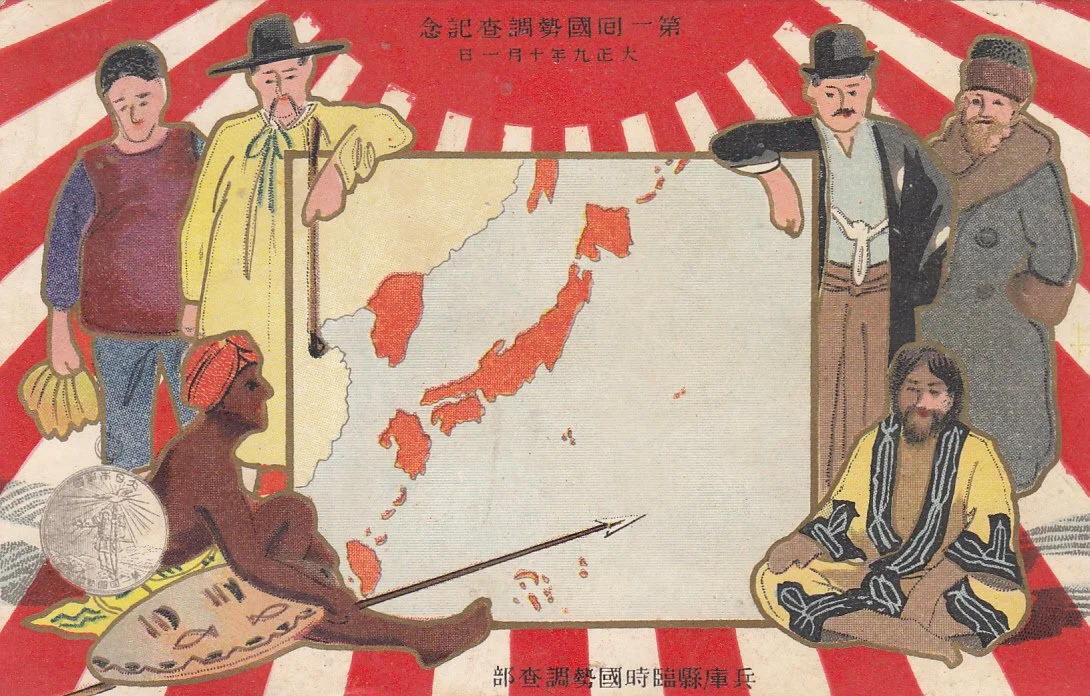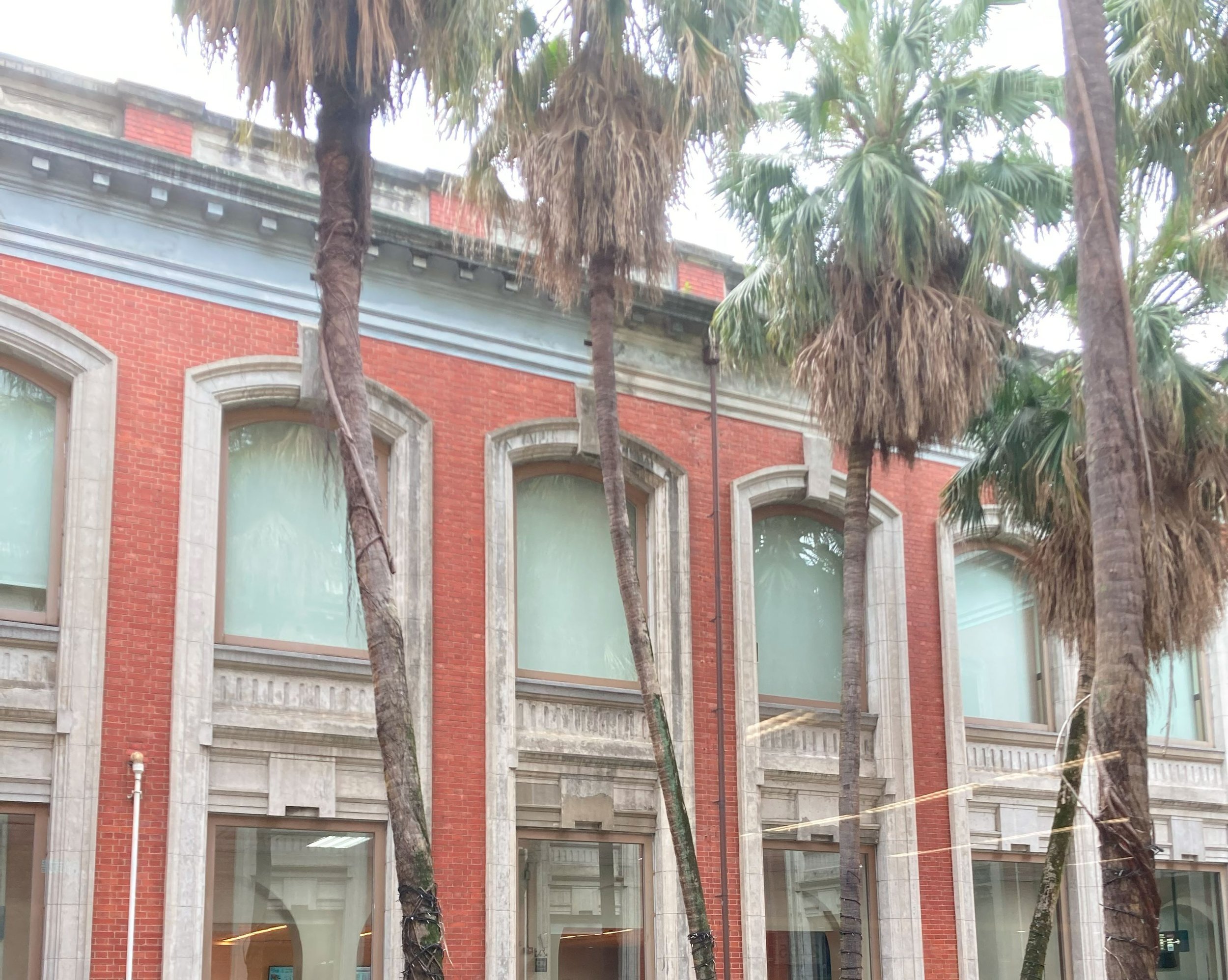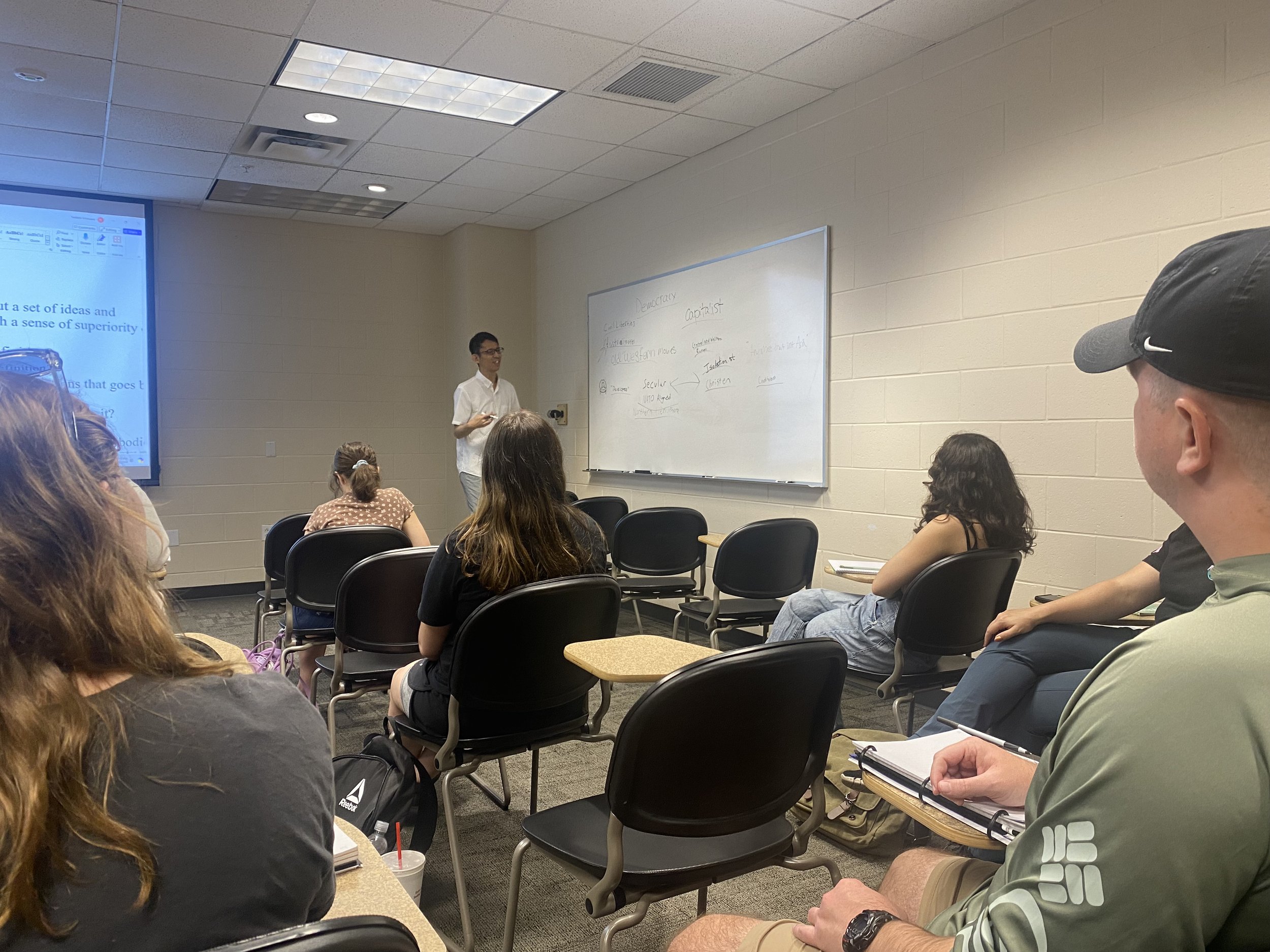make history work for the future
My undergraduate and graduate courses develop students’ skills to create and express original voices in a scaffolding approach. Students have learned those skills through a series of individual, collective, and AI-related activities through primary and scholaly sources on Japanese and East Asian history.
-

Modern Japan
This undergraduate course explores Japan's transformation from the 18th century to the present with a focus on identities in interregional and international contexts.
-

Modern East Asia
This undergraduate course examines shared and distinct traditional and modern voices in East Asia since ca. 1700.
-

Japanese Civilization
This undergraduate course traces Japan's ancient, medieval, and early modern periods by emphasizing Japan's sociocultural dynamism.
-

History of Gender and Sexuality in Japan
This research-intensive undergraduate course employs gender as a form of historical analysis to help write a research paper on Japan's history since 1600.
-

The Japanese Empire
This research-intensive undergraduate course engage students with the history of the Japanese empire in their own ways.
-

Women and Gender
This graduate colloquium discusses the historiography of gender and East Asia since the early modern period.
Select unsolicited Appreciations
“…Overall this class hass been the best experience despite Covid…helped me develop not only a broader historical understanding of Japan, but it improved my interpretive skills. I have also never had a lecture outdoors which was a truly unique class!””
B. K.
“I wanted to let you know personally that I really enjoyed this class very much. I appreciated how detail-oriented and meaningful the in-class lectures and assignments were, and they were challenging in a good way. The assignments were always focused on helping us learn, and interpret history, and not put us through lots of rote projects. The whole class was arranged very well.”
J. D.
I just wanted take the time to thank you for all you've done to teach us, not just in regards to Modern Japanese history but in how to approach history in general, with open perspective and proper source citing rather than to take things at face value…So I wanted to thank you for teaching us, even through this difficult time, and I'd honestly hope to take another one of your courses in the future, when things get better. I'd be reminisce not to thank you for also being patient with us, and to show understanding to the difficulties of a college lifestyle, let alone during these difficult times, so I thank you for that as well and wish you the best.
C. R.
“I'd like to say thank you for the efforts you've put towards this class which help me considerably…I have a disability which makes classes a bit harder than for others. My ADD means I often can't concentrate for long periods of time, and I also struggle to complete assignments when I don't understand the topic or instructions. Many things in this class that help me with this include the recorded lectures, getting the powerpoints before Thursday discussions, weekly consistent due dates, detailed feedback, and my option to choose topics for written assignments. I was very touched when you offered to allow me to pursue my short post topic for the final essay for this reason..”
K. H.

